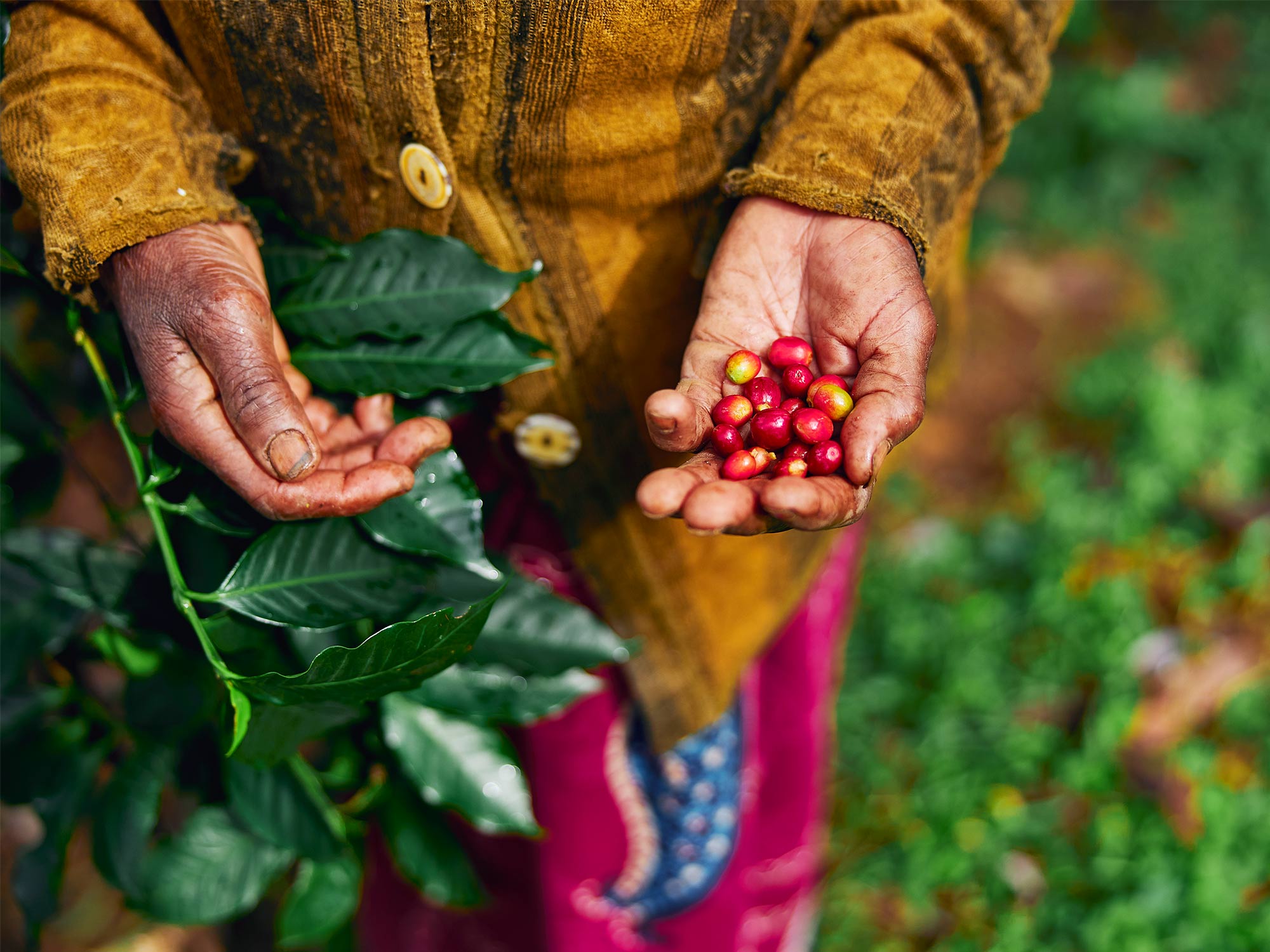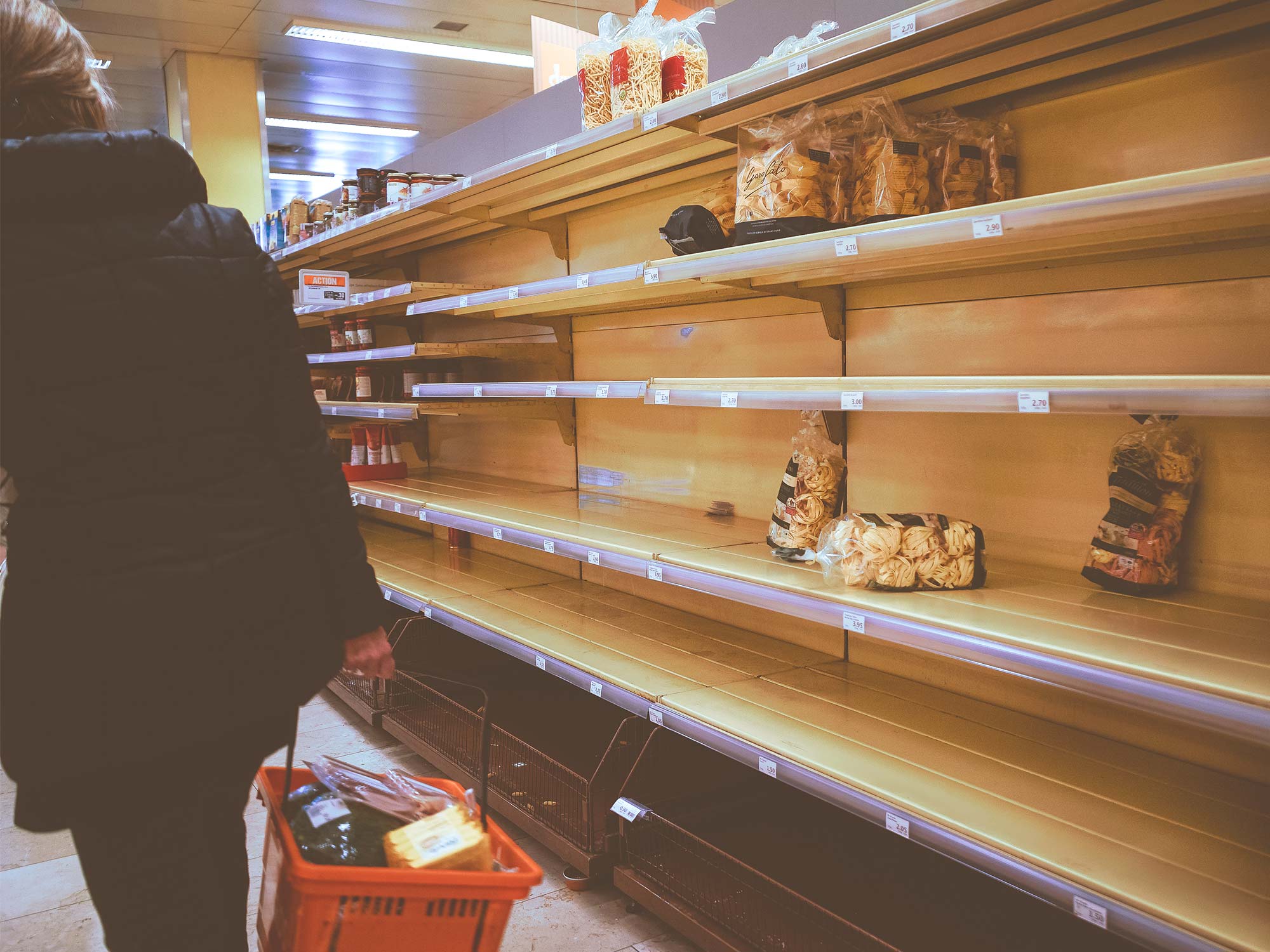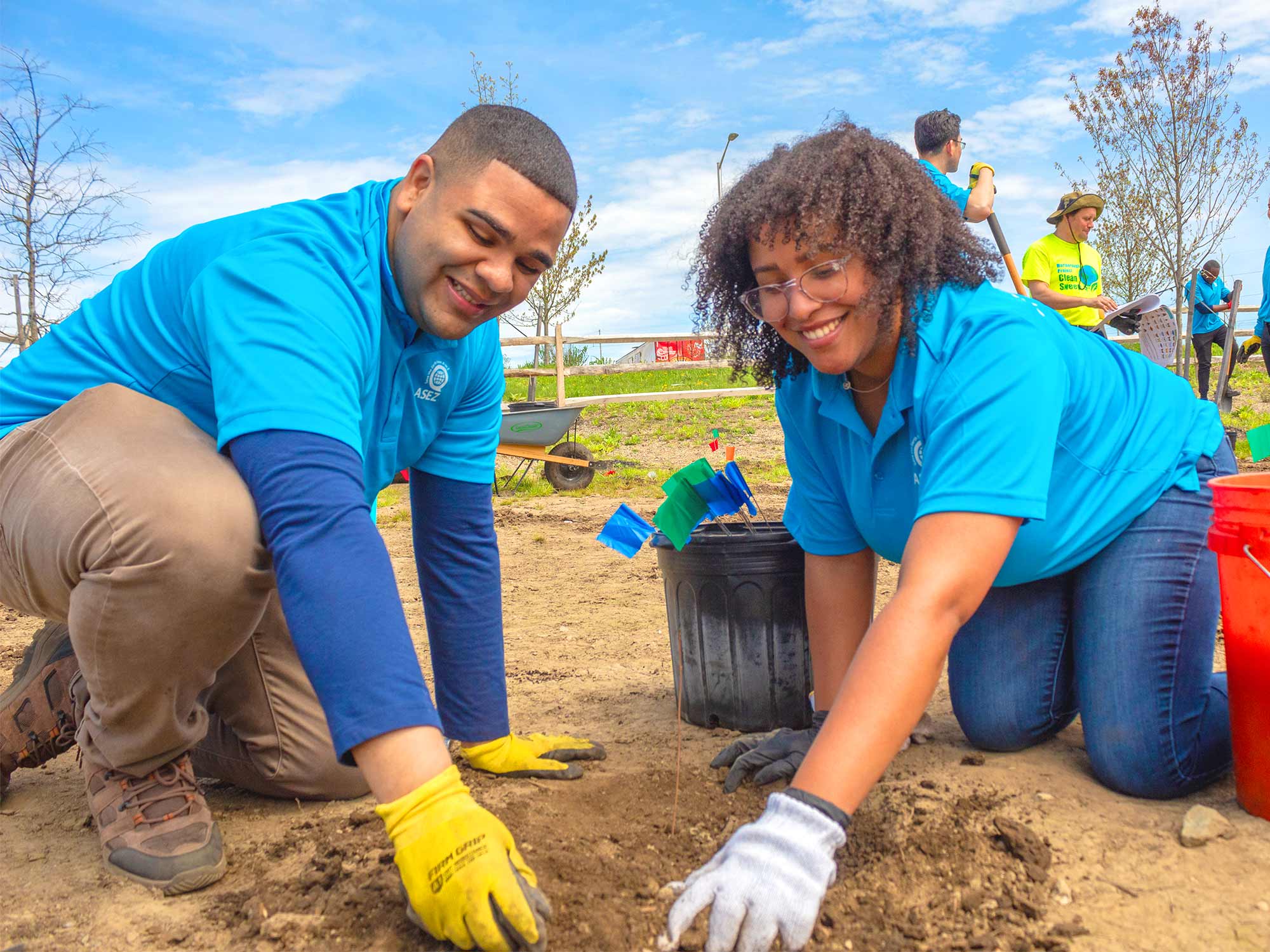Coffee is one of the most widely consumed agricultural products on Earth and demonstrates optimal productivity only in specific geographical and climatic conditions. In particular, the Coffee Belt—located between 25°N and 25°S around the equator—offers ideal conditions for coffee cultivation and is home to major producing countries such as Brazil, Colombia, and Ethiopia, which together account for over 90% of global coffee production. However, climate change is threatening this Coffee Belt and pushing the entire global coffee industry toward a potential collapse.

The Collapsing Coffee Belt
Climate change is having a significant impact on the Coffee Belt. [1]
Unstable Rainfall Patterns
Coffee must grow in environments where consistent rainfall and a balanced cycle of dry and wet seasons are maintained. However, imbalances in the climate system are disrupting these cycles.
• Brazil: In 2024, historic droughts and torrential rains caused significant damage to crops. As a result, the supply of Arabica beans dropped sharply, leading to a dramatic surge in coffee futures prices.
• Vietnam: Coffee farms located in Vietnam’s Central Highlands were hit by drought, resulting in a more than 10% decrease in coffee production in 2023 compared with the previous year.
Rising Surface Temperatures
Coffee trees are extremely sensitive to temperature changes. The two main coffee varieties—Arabica and Robusta—which together account for over 60% of global coffee production, are particularly vulnerable to rising temperatures.
Arabica: Known for its rich aroma and smooth flavor, Arabica is a premium variety that dominates the global specialty coffee market. However, Arabica requires specific growing conditions and thrives only in cool climates with average temperatures ranging from 18 to 22°C (64.4–71.6°F).
Robusta: Characterized by its strong bitterness and high caffeine content, Robusta is mainly used in instant coffee and espresso blends. While it can grow in higher temperatures and poorer soil compared with Arabica, its yield drops sharply in environments above 25°C (77°F). [2]
Moreover, in high-temperature environments, the metabolism of coffee plants accelerates, causing the cherries to grow too quickly without proper maturation. Coffee harvested before it is fully ripe loses its characteristic depth of flavor, leading to a decline in quality and increased price volatility.
Spread of Pests and Diseases
The imbalance in the climate system has created warmer and more humid conditions—ideal for pests and pathogens. The Financial Times reported that coffee leaf rust, a type of fungus, is spreading rapidly across coffee farms in Central America, causing a sharp decline in production. Additionally, Antestiopsis thunbergii, a coffee pest native to East Africa, typically takes about 120 days to develop from egg to adult at 18°C (64.4°F). However, in a 25°C (77°F) environment, it completes its life cycle in just 55 days—reproducing twice as fast. [3] As the damage from these factors grows, the economic burden on coffee farmers increases, inevitably leading to reduced productivity and rising prices.

The Future of the Coffee Industry
Climate change has brought about rapid and dramatic shifts in the environmental conditions required for coffee cultivation. This presents significant challenges for the coffee industry as a whole.
The Dilemma of Shifting Cultivation Areas
As traditional coffee-growing regions disappear due to climate change, farmers are relocating to higher altitudes. However, this shift is not a simple move—it often involves large-scale destruction of forest ecosystems. According to the Coffee Barometer (2023), an average of 130,000 hectares of forest have been lost annually over the past 20 years due to land clearing by coffee farmers striving to maintain their livelihoods. [4] Building the necessary infrastructure to adapt to new environments further accelerates deforestation, potentially reducing the planet’s overall carbon absorption capacity.
Expanding Coffee Varieties
In response to climate change, ongoing research aims to develop coffee varieties that are more adaptable to diverse climates, thereby strengthening climate resilience. Robusta, for example, is more tolerant of high temperatures and drought than Arabica. However, Robusta lacks the distinctive flavor and aroma of Arabica, leading to limited consumer demand. While breeding new varieties may offer a temporary solution, it has limitations in preserving the traditional quality that many coffee drinkers expect.

The Collapsing Ecological Balance
Coffee is just one part of a much bigger issue. The climate crisis is threatening the entire foundation of our food systems—and ultimately, what ends up on our plates.
The ‘Last Supper’ Recreated by the Climate Crisis
In January 2023, a unique event took place during The Great Northern festival in Minnesota, U.S. Former White House chef Sam Kass curated an experience called “Last Supper,” designed to serve as a warning about our future. [5] He presented a menu composed of ingredients that are at risk of disappearing within the next 30 years due to climate change. The event underscored the sobering reality that many of the everyday foods we take for granted could vanish from our tables as climate disasters escalate.
A Table in Crisis – A Dinner Menu Shaped by Climate Change
Appetizer: Oysters and Mussels with Australian Finger Lime
• Warming ocean temperatures are shrinking the natural habitats of shellfish, while the increasing frequency of wildfires in Australia is threatening the cultivation of finger limes.
Main Course 1: Norwegian Salmon with Romesco Sauce
• Rising sea temperatures in the North Sea have led to a sharp decline in salmon catches.
• The production of key ingredients in Romesco sauce—such as peppers and almonds from Catalonia, Spain—is decreasing due to climate stress.
Main Course 2: Lamb Steak with Red Wine
• Droughts in the Midwest U.S. have pushed feed prices up by 45%, delivering a severe blow to livestock farming.
• Wildfires in California have destroyed 40% of grape harvests, causing a sharp decline in wine production.
Dessert: Coffee and Chocolate Pudding
• Shrinking coffee-growing regions and a 40% decline in cocoa production in Côte d’Ivoire over the past decade
The Ongoing Collapse of Agricultural Ecosystems
Moreover, when the production of certain crops declines due to climate change, the consequences go beyond simple food shortages—it poses a serious risk to the balance of entire ecosystems. [6]
🍊Florida Oranges
• In 2022, Hurricane Ian flooded 120,000 hectares of orange farms.
• The sweetness level of the fruit dropped by 20%, and pest and disease damage increased by 35%.
🍷California Wine
• Between 2020 and 2023, wildfires caused widespread smoke damage, leading to the disposal of 40% of grape harvests.
🍒Michigan Cherries
• Unseasonably warm winters have disrupted flower bud formation, resulting in a sharp decline in harvest yields.
These changes are also leading to a decline in pollinating insects, which further reduces pollination and accelerates ecological breakdown. The climate crisis is no longer just about shifts in weather—it’s reshaping what we eat and posing a growing threat to the balance of entire ecosystems.

ASEZ’s Efforts for Ecosystem Restoration
The collapse of the Coffee Belt is a striking example of how the imbalance in our climate system is seeping into the fabric of everyday life. It is not merely a matter of economic disruption—it is a warning sign of an escalating ecological crisis.
Amid this growing crisis, ASEZ’s Earth Recovery Project offers a student-led model for environmental action. Launched in honor of World Environment Day 2024, the project mobilizes university students around the globe to engage in hands-on efforts such as environmental cleanups, tree planting, and carbon reduction campaigns—all aimed at restoring ecosystems.
ASEZ is actively leading a variety of campaigns to ensure that small actions can continue over time, aiming to inspire a shift in public awareness toward environmental protection. Looking ahead, ASEZ will remain committed to practical efforts for a sustainable future, spreading environmental consciousness across the globe. Our small actions have the power to transform communities—and ultimately, change the future of our planet. Just like a gentle stream that flows quietly, sustainable actions can enrich our future.